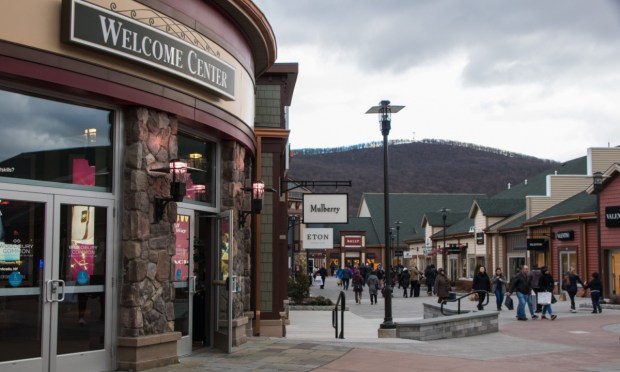
Simon Property Group has seen a “big comeback” in malls, driven in part by domestic tourism.
The company, which is a real estate investment trust that owns shopping, dining, entertainment and mixed-use destinations, saw its occupancy rise 1.1% year over year (YoY) and reach 95.5% as of March 31, Simon said in a Monday (May 6) earnings release.
It also saw its base minimum rent per square foot rise 3% YoY, reaching $57.53 on March 31, according to the release.
“Needless to say, I’m very pleased with our first quarter results and our business,” David Simon, chairman, CEO and president of Simon Property Group, said Monday during the company’s quarterly earnings call. “Tenant demand continues to remain strong despite a cloudy macro environment.”
While the company is “very bullish” on its entire portfolio, it saw its tourist-oriented properties outperform the others, Simon said.
Retail sales volume at the tourist-oriented properties increased 6% YoY, compared with 2.3% across the entire portfolio, he said.
Tourist centers in California and the Northeast have begun to see the same improvement that those in Florida have been seeing for some time — and Florida has been an “unbelievably strong” market — Simon added.
“Domestic tourism continues to excel,” Simon said. “And I think people, at the end of the day, as part of when they go on holiday, they love shopping as part of that experience — dining, shopping, being with families.
“And, as I said earlier, we feel like the malls made a big comeback,” he added. “Physical stores are where it’s happening — we’re seeing a resurgence and reinvigoration of that whole product.”
At the same time, Simon Property Group has seen that lower-income consumers have been under pressure for some time, with inflation taking its toll, Simon said during the call.
While inflation is moderating, prices remain “quite daunting” for lower-income consumers, and the company expects to continue to see volatility in that segment, he added.
“We’re hoping that their cost of living moderates and to some extent their wages go up or their cost of living goes down, so we can see more discretionary income there,” Simon said.
“The higher-income consumer continues to spend and visits our properties,” he added.